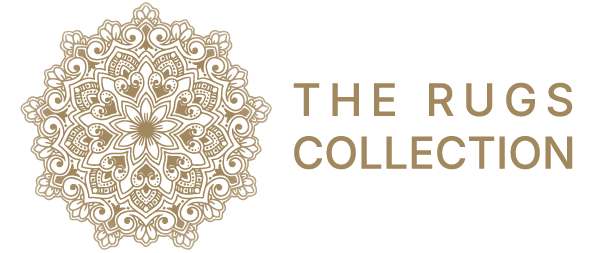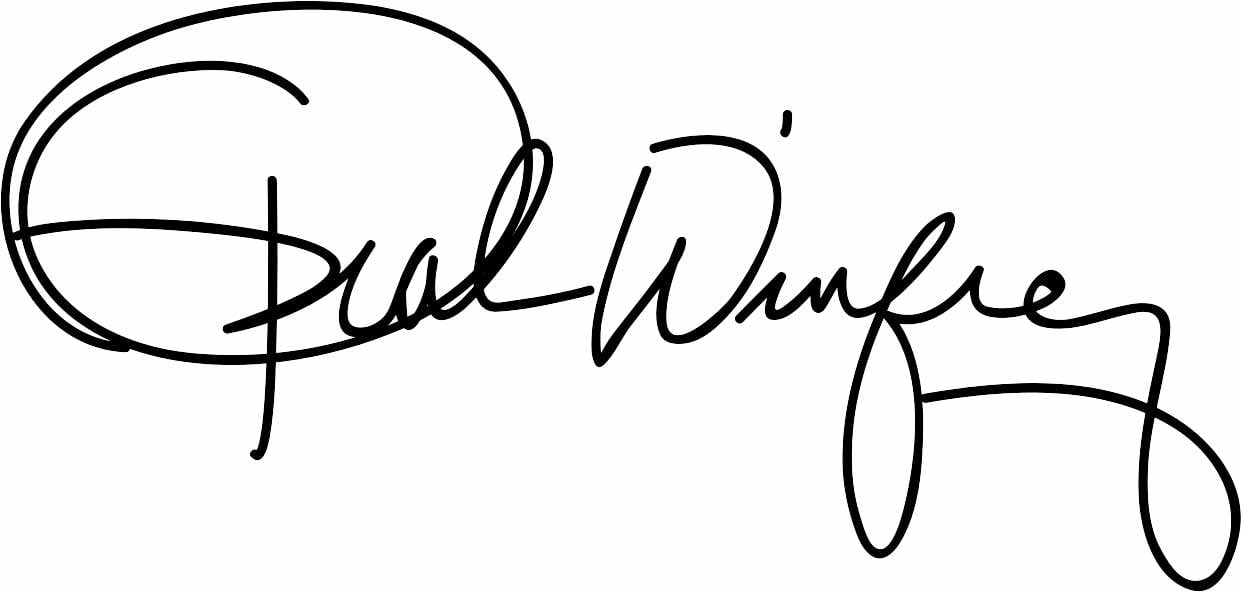What’s the Story Behind Traditional Bukhara Patterns?
If you’ve ever seen a Bukhara rug, you’ll know there’s something special about it. These beautiful carpets have been around for hundreds of years, and each one tells a story. But what makes Bukhara patterns so unique, and where do they come from?
The Ancient City of Bukhara
Bukhara patterns get their name from an ancient city in what is now Uzbekistan. This city sat right in the middle of the famous Silk Road – the trading route that connected Europe and Asia centuries ago. Traders from all over the world would stop in Bukhara, bringing new ideas, colours, and designs with them.
The city became a melting pot of cultures, and this mix shows up beautifully in Bukhara rug patterns. You’ll see influences from Persian, Turkish, and Central Asian designs all woven together. For over 2,000 years, Bukhara has been a hub where different cultures met, traded, and shared their artistic traditions.
The location was perfect for trade. Bukhara sat in an oasis in the desert, which meant tired merchants and their camels could rest, get fresh water, and stock up on supplies. This made the city incredibly wealthy and important. All this wealth and cultural mixing created the perfect conditions for amazing art and crafts to develop.
What Makes Bukhara Patterns Special?
Traditional Bukhara rugs are easy to spot once you know what to look for. They usually have:
Deep red backgrounds – This rich, wine-red colour is the most famous feature of Bukhara rugs. The deep red represents strength and prosperity. It’s not just any red – it’s a very specific shade that comes from natural dyes made from madder root and other plants.
Repeating geometric shapes – You’ll often see rows of octagonal (eight-sided) medallions called “guls.” These shapes repeat across the whole rug in neat, organised patterns. The word “gul” actually means “flower” in Persian, even though these medallions look more geometric than floral.
Rich borders – The edges of Bukhara rugs typically have multiple borders with intricate geometric designs that frame the main pattern. These borders aren’t just decoration – they help contain the energy and meaning of the central design.
Natural colours – Traditional Bukhara rugs use colours that come from nature – deep reds, rich browns, cream whites, and sometimes touches of blue or gold. These colours age beautifully, becoming richer and mellow over time.
Dense, fine knotting – Authentic Bukhara rugs have very tight knots, which makes them incredibly durable and gives them a lovely, soft feel underfoot.
The Meaning Behind the Patterns
Each pattern on a Bukhara rug has meaning. The weavers weren’t just making pretty designs – they were telling stories and sharing beliefs.
The octagonal medallions represent different tribes and families. Each tribe had its own version of the pattern, like a signature or family crest. When you see these patterns, you’re looking at hundreds of years of family history woven into wool. Some tribes had medallions with sharp, angular lines, while others preferred softer, more curved shapes.
The geometric shapes also have spiritual meanings. Many represent protection, good fortune, and harmony. The number of medallions, their arrangement, and the smaller patterns inside them all meant something to the people who made these rugs.
For the nomadic people who first made these rugs, their carpets weren’t just floor coverings – they were portable homes that carried their culture and beliefs wherever they went. When a family moved their tent, the rug came with them, bringing familiar patterns and ancestral protection to their new location.
The Tribes Behind the Patterns
Different nomadic tribes created their own versions of Bukhara patterns. The most famous were the Tekke tribe, whose rugs became the standard for what we now call “Bukhara” style. The Tekke people were skilled weavers who lived in what is now Turkmenistan.
Other important tribes included the Salor and Yomut peoples. Each had their own special way of arranging the guls and their own preferred colours. Salor rugs, for example, often had larger medallions and deeper, richer reds. Yomut rugs might include more varied colours and different border patterns.
These tribal differences mean that expert rug collectors can often tell which tribe made a rug just by looking at the patterns. It’s like being able to identify someone’s handwriting or artistic style.
How Bukhara Rugs Are Made
Traditional Bukhara rugs are hand-knotted, which means each tiny knot is tied by hand. This process takes months or even years to complete, depending on the size of the rug. A skilled weaver can tie about 10,000 knots per day – and a single rug might contain over a million knots.
The wool comes from sheep that graze in the mountains of Central Asia. This high-altitude wool is incredibly strong and soft because the harsh climate makes the sheep grow thick, durable fleeces. The natural colours come from plants, insects, and minerals found in the region. Red dyes came from madder root, browns from walnut hulls, and yellows from pomegranate skins.
Master weavers pass down their knowledge through generations. A young weaver might spend years learning how to tie the knots properly and memorise the traditional patterns. The patterns weren’t written down – they were kept in the weaver’s memory and passed from mother to daughter, father to son.
The weaving process starts with setting up the loom and stretching the foundation threads. Then, row by row, the weaver ties individual knots around these threads, following the traditional pattern from memory. After each row, the weaver beats down the knots to make sure they’re tight and even.
Bukhara Patterns Today
Modern Bukhara rugs still follow these ancient patterns, but today’s weavers also create new variations. You might find Bukhara rugs in different colours or with slightly updated designs that work better in contemporary homes.
Many modern Bukhara rugs are made in Pakistan, where skilled weavers have adapted the traditional techniques. These Pakistani Bukhara rugs often use finer wool and have even tighter knots than the originals, making them incredibly luxurious and durable.
The beauty of Bukhara patterns is that they’re both timeless and versatile. Whether your home is traditional or modern, these geometric patterns seem to work everywhere. They add warmth and character without being too busy or overwhelming.
The Cultural Impact
According to UNESCO’s Silk Roads Programme, Bukhara was particularly renowned for its textile industry, with carpets being amongst the locally produced goods that enriched Silk Road trade. These patterns connect us to centuries of human creativity and cultural exchange across this historic trading network.
The influence of Bukhara patterns spread far beyond Central Asia. European collectors in the 19th century became fascinated with these rugs, and they started appearing in wealthy homes across Europe and America. This created demand that helped keep the weaving traditions alive, even as the original nomadic way of life was changing.
Why These Patterns Matter
When you choose a rug with traditional Bukhara patterns, you’re not just buying a floor covering. You’re bringing a piece of history into your home. You’re supporting an ancient craft that has survived wars, political changes, and modernisation.
Each Bukhara rug carries the story of the Silk Road, the skills of nomadic tribes, and the artistic vision of countless weavers. It’s a reminder that some of the most beautiful things in our homes have deep roots and fascinating stories.
The patterns also represent something important about human creativity. Despite being made by people who lived very different lives from us, these designs still speak to us today. They prove that good design and skilled craftsmanship are truly timeless.
The Perfect Addition to Any Home
Traditional Bukhara patterns work beautifully in any room. Their geometric designs are sophisticated enough for formal spaces but warm enough for family areas. The rich colours age beautifully, developing character over time.
A genuine Bukhara rug is an investment that can last for generations. With proper care, these rugs actually improve with age, becoming softer and more beautiful. They’re also surprisingly practical – the tight weave makes them resistant to wear, and the natural fibres are easy to clean.
Whether you’re drawn to the history, the craftsmanship, or simply the beauty of these patterns, a Bukhara rug brings something special to your space. It’s a conversation starter, a work of art, and a practical floor covering all rolled into one.
Next time you see those distinctive red backgrounds and geometric patterns, you’ll know you’re looking at centuries of tradition, culture, and incredible skill. That’s the real story behind traditional Bukhara patterns – and it’s a story that continues to unfold in homes around the world today.



